Movies by Toshio Matsumoto
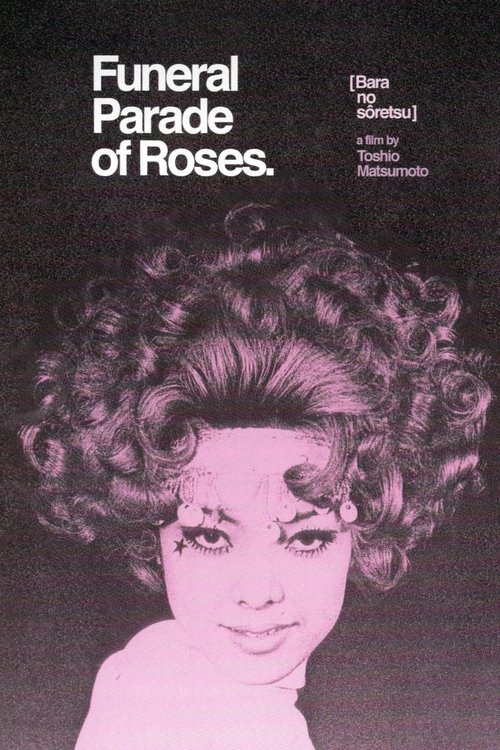
Funeral Parade of Roses
In 1960s Tokyo, Gonda owns a bar in which the gay, cross-dresser, and trans scenes meet. Gonda is in a relationship with the madam of the bar, Leda. As the younger Eddie starts a passionate affair with Gonda, she ignites the jealousy of Leda, unaware of another kind of history between them.
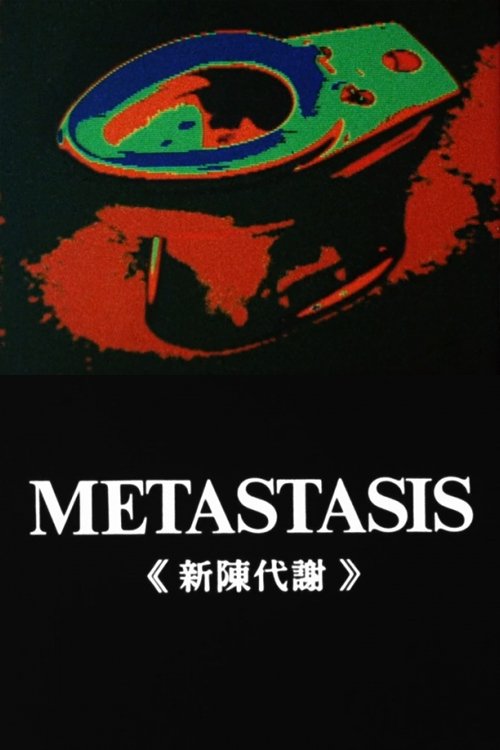
Metastasis
Writes Matsumoto, "I used the Erekutoro Karapurosesu (Electro Color Processor), which is mainly used in the field of medicine and engineering, to create moving image textures Metastasis, I was interested in layering images of a simple object and its electronically processed abstraction. The electronic abstract image is manipulated in a certain rhythm, depicting an organic process."

Enigma: Nazo
Enigma is something of a more glamorous version of White Hole, with a wide variety of elaborate textures (often composed of iconographic and religious symbols) converging towards the centre of the screen.
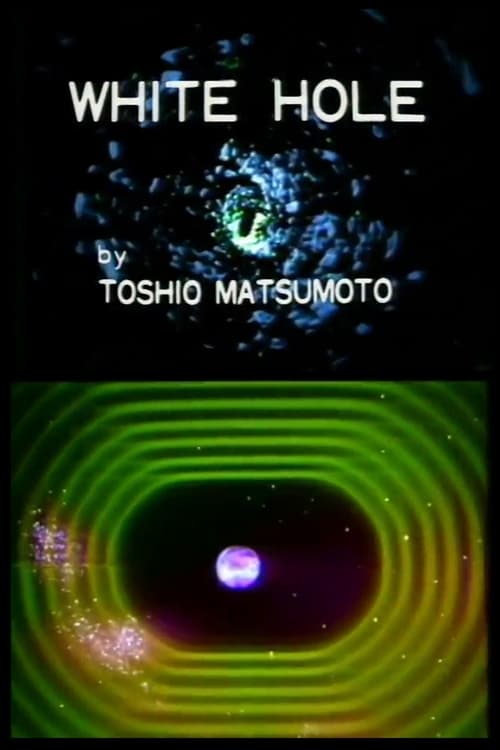
White Hole
Avant garde/experimental film. A mesmerizing trip through the psychedelic vastness of space.
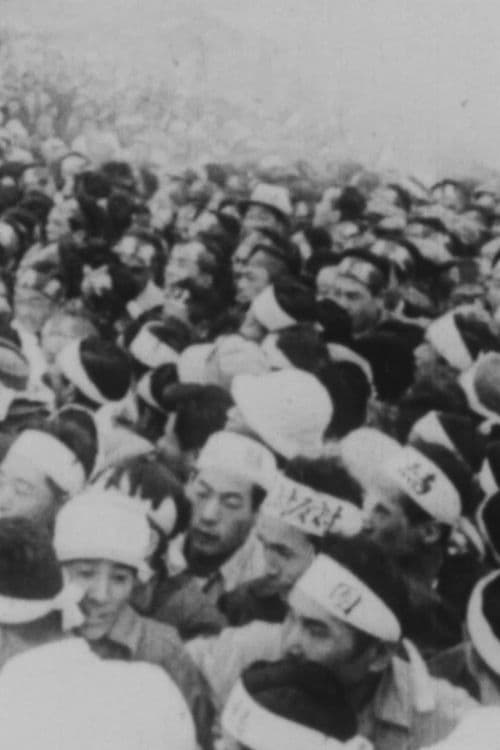
Security Treaty
An early experimental film by Toshio Matsumoto. Produced as part of the student riots in Japan at the start of the 1960s, Matsumoto uses collage, archival footage, and impassioned narration to create an expressive, visceral criticism of the US-Japan Security Treaty.
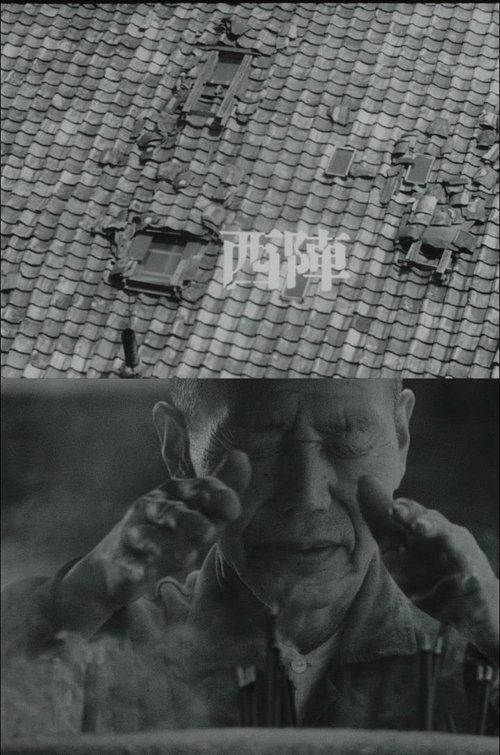
The Weavers of Nishijin
The Weavers of Nishijin captures the process of traditional textile manufacture in Nishijin.
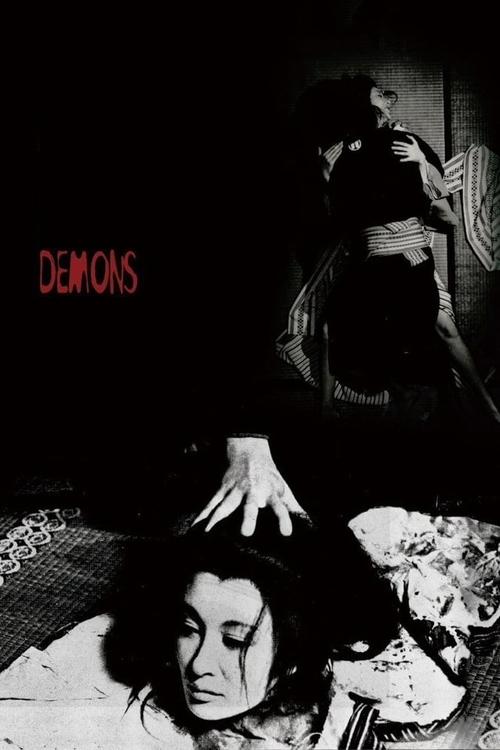
Demons
Tells the story of the samurai Gengobe, who seeks revenge after falling prey to the schemes of a geisha and her husband.
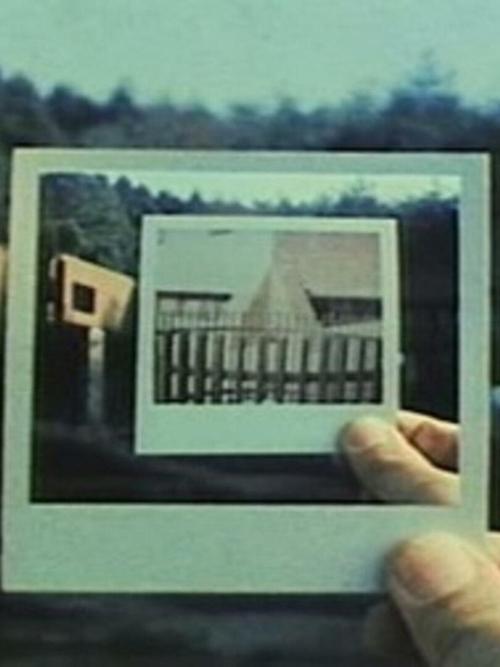
Engram
Engram is a three-part piece revolving around a few good old ideas such as photos inside of photos, movies inside of movies, photos inside of movies, movies inside of photos, and (even) a film director inside a TV set.
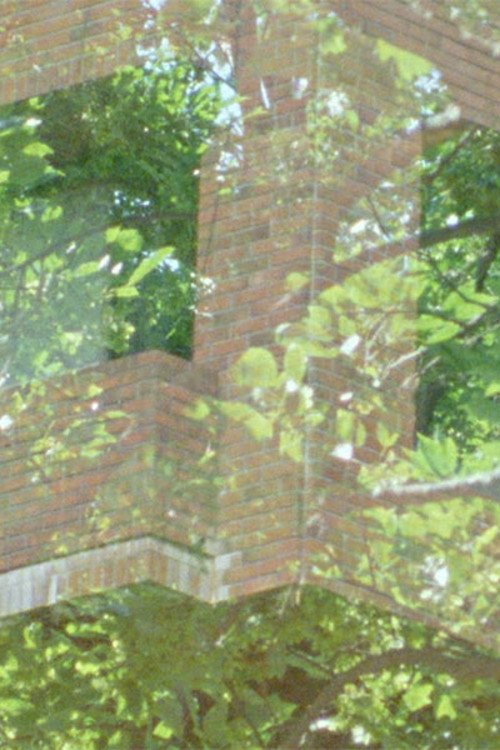
1986 Summer
A previously unseen short by the Japanese avant-garde titan, Toshio Matsumoto's 1986 Summer locates faces and bodies within superimpositions, zooms, a lightning-fast montage of brick structures and verdant trees.
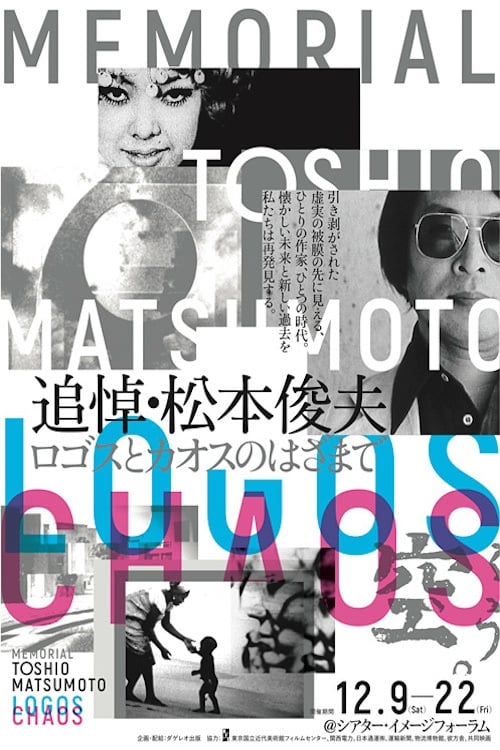
300 Ton Trailer
A short documentary about a trailer weighing over 300 tons that carries material for the construction of a dam toward Tokyo.

The Song of Stone
While extracting and polishing their blocks of stone, stonecutters used to say “the stone is coming to life". This paradox provided Matsumoto with the best metaphor for what making a film is all about. In his opinion, filmmakers work images in the same way that stonecutters work stones.
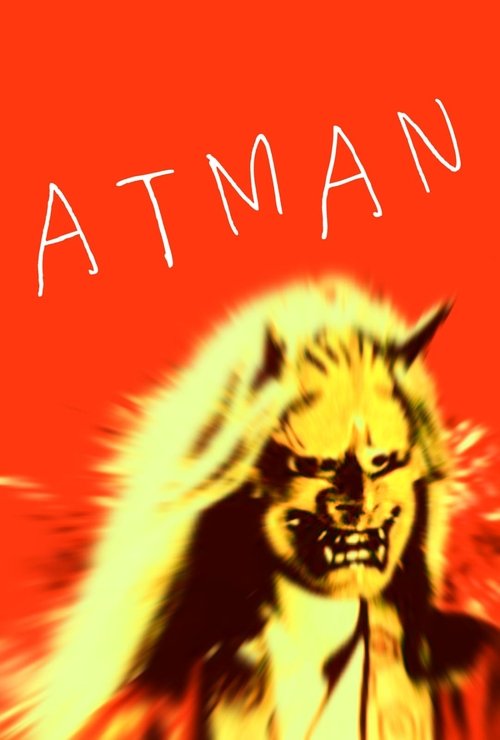
Atman
ĀTMAN is a visual tour-de-force based on the idea of the subject at the centre of the circle created by camera positions (480 such positions). Shooting frame-by-frame the filmmaker set up an increasingly rapid circular motion. ĀTMAN is an early Buddhist deity often connected with destruction; the Japanese aspect is stressed by the devil mask of Hangan, from the Noh, and by using both Noh music and the general principle of acceleration often associated with Noh drama.
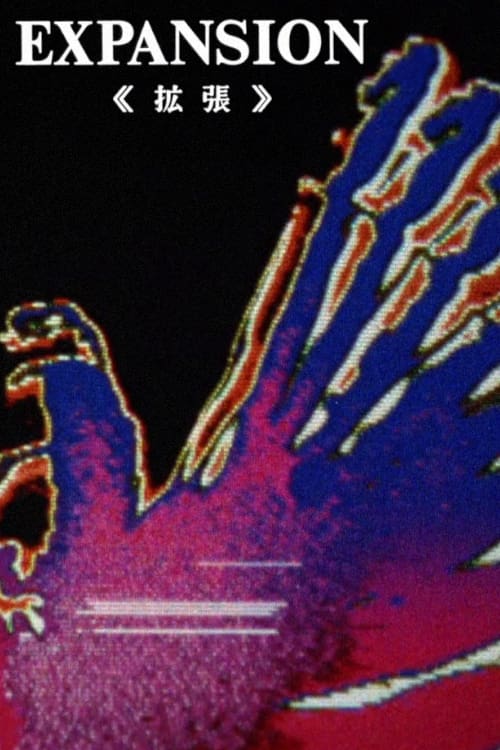
Expansion
Expansion remixes the images of Matsumoto’s Esctasis into an more colourful psychedelic short.

Mona Lisa
An experimental short film from Toshio Matsumoto featuring Mona Lisa.
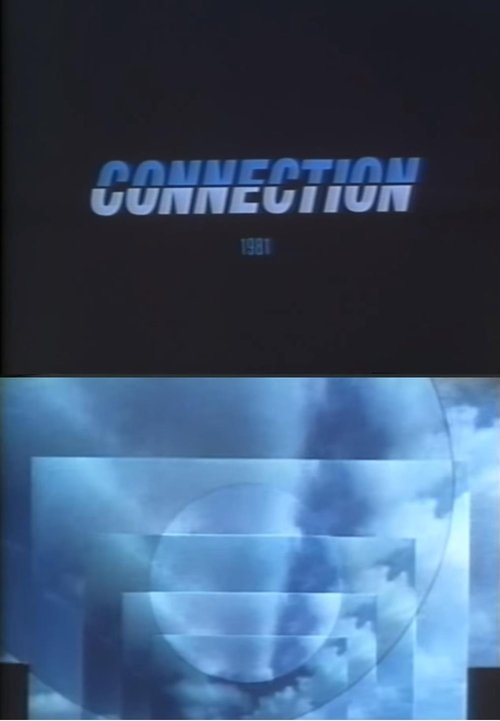
Connection
In Connection, a static shot of the sky with moving clouds is subdivided into regular geometrical regions, which are then individually (and rhythmically) manipulated.

Toro Axe Part 3: All Things Change
Matsumoto's last video was produced by Sano Gallery. Matsumoto set the common theme as “Seeing” in 2009, six co-writers participated to directing the omnibus film, "Seeing". Initially, there were no plans to expand it into trilogy, and Matsumoto was also limitedly involved in the work. Later, Matsumoto envisioneds works that pursued the omnibus format, and sets up a common theme of "memory.” Afterwards, Matsumoto begun the production of Pilgrimage into the Memory, a reconstruction of works produced by five participating artists. However, the...

Ki or Breathing
'Ki or Breathing' is a spare concoction assembled from slow motion shots of nature and set to a score by the much-acclaimed Tohru Takemitsu.

Magnetic Scramble
Magnetic Scramble is the first video work by Toshio Matsumoto. Here, the artist manipulates television images (of student demonstrations against the U.S.-Japan Security Pact) by holding a magnetic coil next to the monitor. Matsumoto later incorporated this piece into a scene of his film Funeral Parade of Roses (1969).
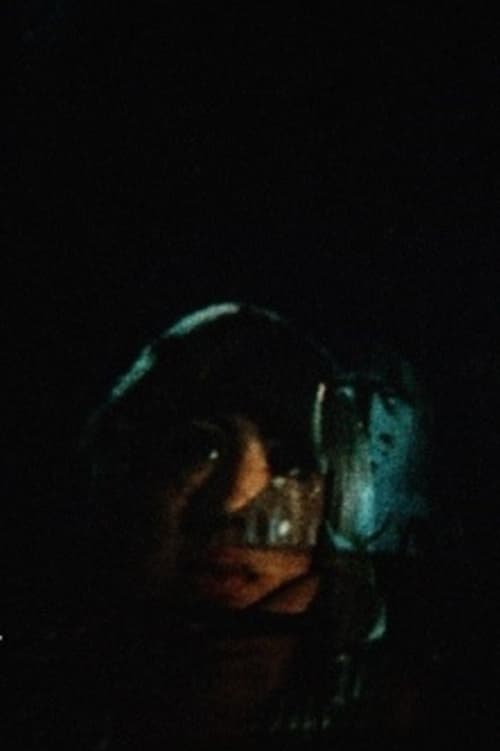
Space Projection Ako
Experimental film by Toshio Matsumoto created for the 1970 world's fair, Expo '70 in Osaka. The film was made up of multiple projections onto the inside of the Textile Pavilion, a dome with an interior designed by Yokoo Tadanori, and featured a 57-channel music score by Joji Yuasa.
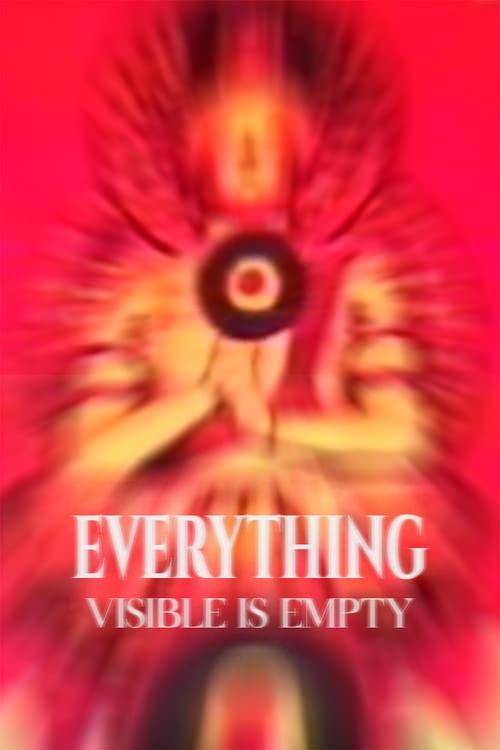
Everything Visible Is Empty
There's more to picture than meets the eye in this journey into oriental metaphysical imagery. Starting (in a very Christian manner) with the Word, the film draws an explosion of visible forms, as if a sign of the shattering of shapes in the mundane world. But time is cyclical, of course, and what was once a multitude of sensible realities must eventually return to the Word and, finally, to sheer Color. (Sound of Eye)